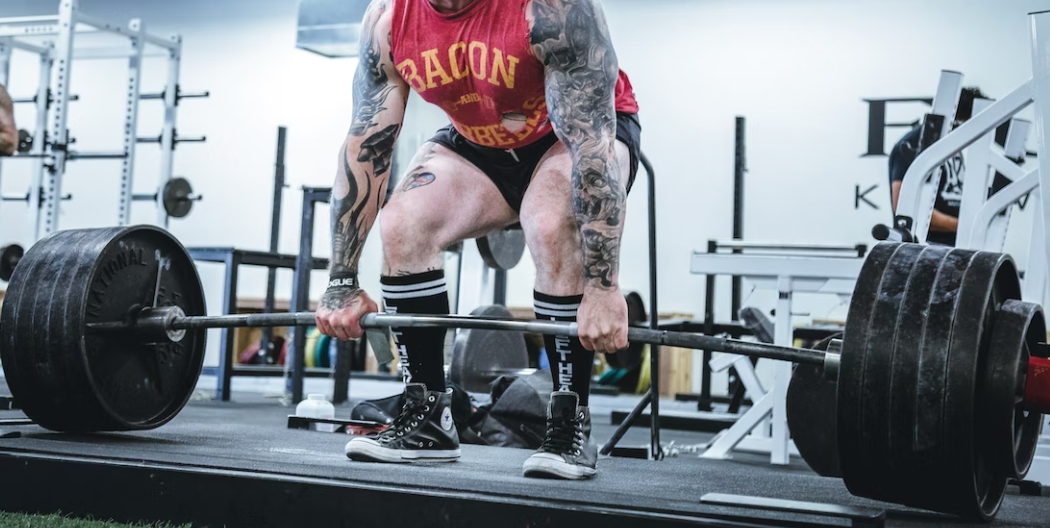
The Power of Understanding Measurements: What 1 Cup Equals in Ounces
SuppLife LLC
It’s the most important measurement in your life: how much food or liquid you consume. Knowing what one cup equals in ounces―and other similar measurements―is critical, especially if you are in the fitness industry. With the knowledge of these measurements and their conversions, body builders, as well as healthcare professionals, dieticians, and nutritionists, can create customized diets and meal plans with precise measurements and the correct supplement-to-liquid ratios. Welcome to SuppLife nutritional education's newest article on understanding and converting measurements!In this article, we’ll discuss what 1 cup equals in ounces and how to manage and understand measurements for diet planning. We’ll also cover other considerations such as the history and background of the system of measurements, food safety, and the easy conversions of teaspoons, tablespoons, and milliliters. Understanding these units of measurement is key to any nutritional and health tactic. With that, let’s get started.History and BackgroundIt’s a mistake to think that measurements haven’t been around for very long. Let’s take a step back in time to get a better understanding how these measurements came about.The initial measuring scales, charts and conversions date back to ancient times and each culture had its own specifications. For instance, Ancient Greeks and Egyptians used a Hekat, while for Romans and Babylonians their measurements were the digit or finger, and the English used hands, fingers, and thumbs; all of which created units of measurements. Until the early 19th century, each of these cultures’ methods of measurement was unique and specific to their geographical region. In the mid-19th century, the western nations united and declared unified international units of measurements that are used today, a process known as ‘metrication’.Today, the main globally accepted units of measurements are the metric system, imperial/avoirdupois (or British) system, and the United States’ Customary system. Although all three exist, the US Customary system is the most commonly used in the US.SafetyUsing the appropriate measuring tools and equipment with accuracy is essential for food safety. Whether it is for health, dieting, or environmental reasons, understanding the measurements and their conversions for food consumption is of great importance.For instance, if you purchase, say, an ounce of beer for your dinner at a restaurant, you would want to make sure that it is really an ounce and not less. Although you’ll not be able to measure the ounce of beer you consume at the restaurant, understanding the other measuring conversions might be helpful in the future.Understanding and ConversionsNow that we have discussed the history and the significance of the measuring system, let’s focus on the conversions and help you out in understanding the system.When most people think of measurements, they think of ounces and yards, but the reality is that these are just a few of the measurement units. So, let’s first start with the basics.FluidsFluids are usually measured in ounces, cups, pints, quarts, and gallons. Depending on where you are in the world, the measurements may differ a bit.1 Cup = 8 ounces1 Ounce = 2 tablespoons1 Pint = 16 ounces1 Quart = 32 ounces1 Gallon = 128 ouncesSolidsMeasuring solids into the same unit isn’t as straightforward, and will vary more based on the ingredient. The most common unit for measuring solids is the ounce, but you may also measure in numbers, tablespoons, scoops, and pinches.1 Ounce (dry) of capacity = 2 tablespoonsOtherApart from these two types of measurements, there are other measurements that you should be aware of. Examples include teaspoon, milliliters, liters, and tablespoons.1 Teaspoon = 5 milliliters1 Liter = 33.814 ounces1 Tablespoon = 3 teaspoonsTakeawayIt’s important to understand measurements in order to properly strategize a nutritional or health plan. Knowing what “1 cup” or “1 ounce” represents and how it converts into other units can make a big difference in your chosen lifestyle. Furthermore, it’s easier to control and measure food intake when having detailed knowledge of food measurements and conversions.We hope this article answered all the questions you had about measurements and conversions. From SuppLife nutrition and health specialists here in Connecticut, wishing you and your family a safe and healthy life!





